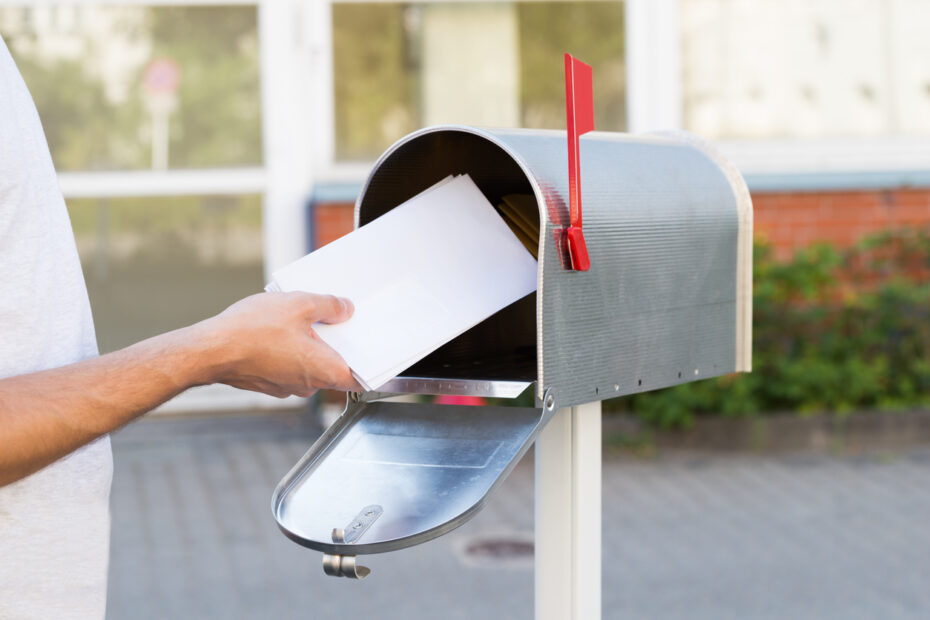Follow-up is hard. There’s no magic formula or perfect system. It takes time and effort and doesn’t always yield results.
Sometimes, you do everything right and a family still chooses not to return. The average church sees “6-10% of their first-time guests return for a second visit, 25% of their second-time guests return for a third visit, and 35% of their third-time guests become regular attendees.”
Not every person who walks through the doors of your church will come back, but you don’t want to miss even one who would’ve returned had someone invited them to. Even when you feel like following up is a hassle, every effort you make to connect people with the Gospel plants a seed that God can use later to draw them to Himself.
So, if there isn’t a magic formula or perfect system, how do you maximize your visitor follow-up to bring people into a relationship with Jesus and connect them with your congregation?
You build a team!
The Purpose of a Follow-Up Team
The reality is you can’t do it all. No matter how hard you try, you’ll never be able to check off every box on your to-do list or accomplish every goal you think of. You have to prioritize the things that are most important for your ministry and delegate some of those tasks to others.
While a message or call from your ministry staff should be part of your follow-up plan for church guests, your plan as a whole shouldn’t fall on the shoulders of your pastors.
Designating a team of volunteers to manage visitor follow-up relieves pressure on your staff and lets members of your congregation participate in bringing others into your church.
How to Build a Follow-Up Team
Step 1: List Out Your Ministries That Need Follow Up
The needs for this team may fluctuate as your church establishes new ministries or discontinues others.
As a starting point, look at all of the significant ministry areas within your church. This list should include children, youth, women, men, senior adults, and any other breakdown your church has based on age or life circumstances.
Other aspects of church life that could be included in your list are worship, special events, and outreach. Any other prominent ministries in your church should also be included.
Step #2: How the Team Works
Ideally, you’ll have one team member take on each of these ministry areas and become the point person for all follow-ups for that area. Doubling up can still be effective, but try not to have a single person responsible for more than two ministry areas at a time.
While each team member will “own” a specific ministry area (or two), they are not personally responsible for every follow-up effort. They are simply in charge of making sure all the touches happen and delegating as needed for each step of the follow-up process.
For example, your special events follow-up team member doesn’t have to personally send all 300 cards to guests who attended your fall festival. They can and should recruit help with that effort, either calling on other team members or volunteers from the congregation.
The team members should work directly with the pastors or ministry staff over their areas to know when events or activities are coming up and regularly get any collected contact information so they can add the guests to the follow-up plan (see Step #4!).
They should also ensure the correct contact information is collected for the steps in your follow-up plan, during special activities, and all of your regular services (see Step #3!).
Step #3: Create a Follow-Up Plan
Once you have your team structure fleshed out, build a follow-up plan. Determine the steps and strategies, the methods, and goals.
Put together a timeline of touches spanning from the first time someone visits your church to several months. Effective follow-up takes time, so make sure you’re planning for repeated and genuine connections.
Decide what methods your team should use. Should they mail cards, send texts, make phone calls, or drop by? Use multiple ways to communicate with guests, but look closely at how people in your area want to receive communications.
Don’t waste time sending emails if the majority of the people in your community prefer texts. A demographics tool like MissionInsite will help you identify the ways people near you want to receive communications.
Make sure you’re collecting the right information for whatever ways you choose to follow up. You can’t send a card if you don’t ask for a mailing address or a text if you don’t ask for a phone number!
Your plan should include ways to tailor the information based on what the person or family might be interested in learning more about. For example, when your team is following up with young families, your plan should include sending information about your children’s ministry in addition to details about small groups for young couples.
List out all of the steps for your plan and any equipment or supplies needed, and draft a tentative timeline for when and how often the team should communicate with visitors.
You should also include directions for what to say if someone asks your team to stop reaching out or if it becomes clear that someone isn’t interested in returning to your church.
It’s hard to see someone walk away, but you have to respect their wishes. And you never know what seeds your team may have planted that another church may be able to water and help nurture into faith in Jesus!
Step #4: Set Up a Way to Track Follow-Up Progress
Using a tool like Growth Method to manage your follow-up process is the best way to ensure that your team stays on track and that none of your guests slip through the cracks.
Plug the steps of your follow-up plan into your chosen tracker and teach your team members how to keep up with their efforts.
It’s crucial that all of your team members are on board with whatever tool you decide to use. If even one person doesn’t know how or just chooses not to use the same system as everyone else, you risk missing connections with those seeking the hope of Jesus.
Take the time to train your team on how to move someone through the process. This includes how to remove them from the flow if they no longer wish to receive communications from you or if they join your church family before coming to the end of your follow-up plan.
Bonus Tips for Follow-Up
As we mentioned before, follow-up can be a challenge. There isn’t a magic way to make it easier or a trick to get visitors to always come back.
However, several things should be kept in mind as you work to improve your visitor follow-up process.
- Be respectful and welcoming. Don’t be overly pushy. Extend invitations into the life of your church, but allow people the space to decline without guilt.
- Be consistent. Don’t reach out to someone the day after they visit for the first time and then fail to contact them again for three months. They don’t need to hear from you every day, but it should be often enough that they don’t feel forgotten or unwelcome.
- Be personal. Whenever possible, include communications from those who personally connected with your guests. Hearing from someone they talked to and who remembers details about them will go a long way to making them feel seen.
- Be patient. Seriously, we can’t stress this enough. Successful follow-up doesn’t happen overnight. Don’t rush the process! Be careful not to badger anyone or stop connecting too early because it feels like the process is taking too long.
Following up with guests is a vital part of attracting people to your ministry. Don’t overlook the importance of making someone feel wanted and seen, both by you and by their Creator, who loves them!
Your follow-up efforts are all part of going and making disciples. Give it your best, and you’ll see God do amazing things through your work to connect with those seeking Him.




